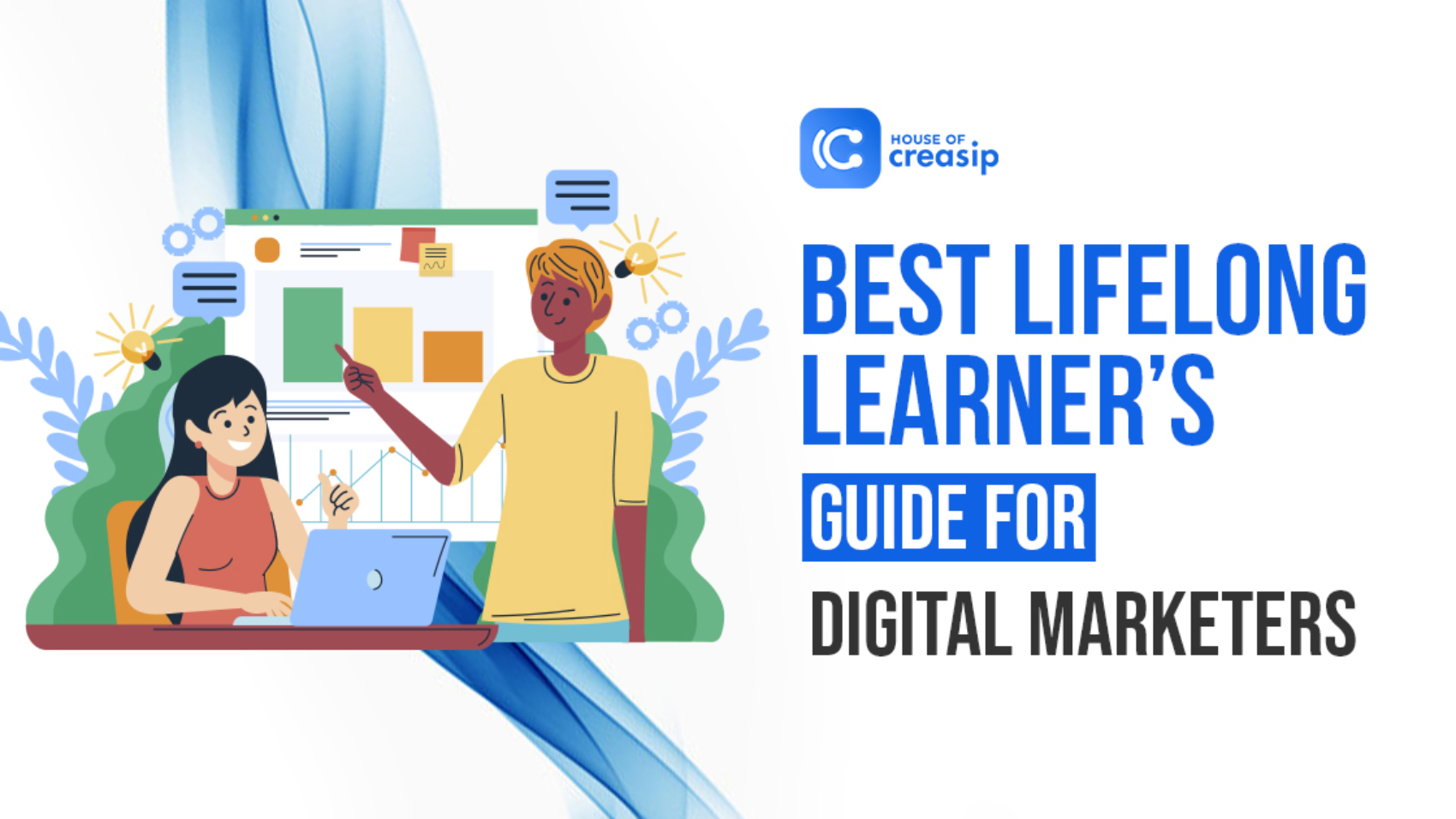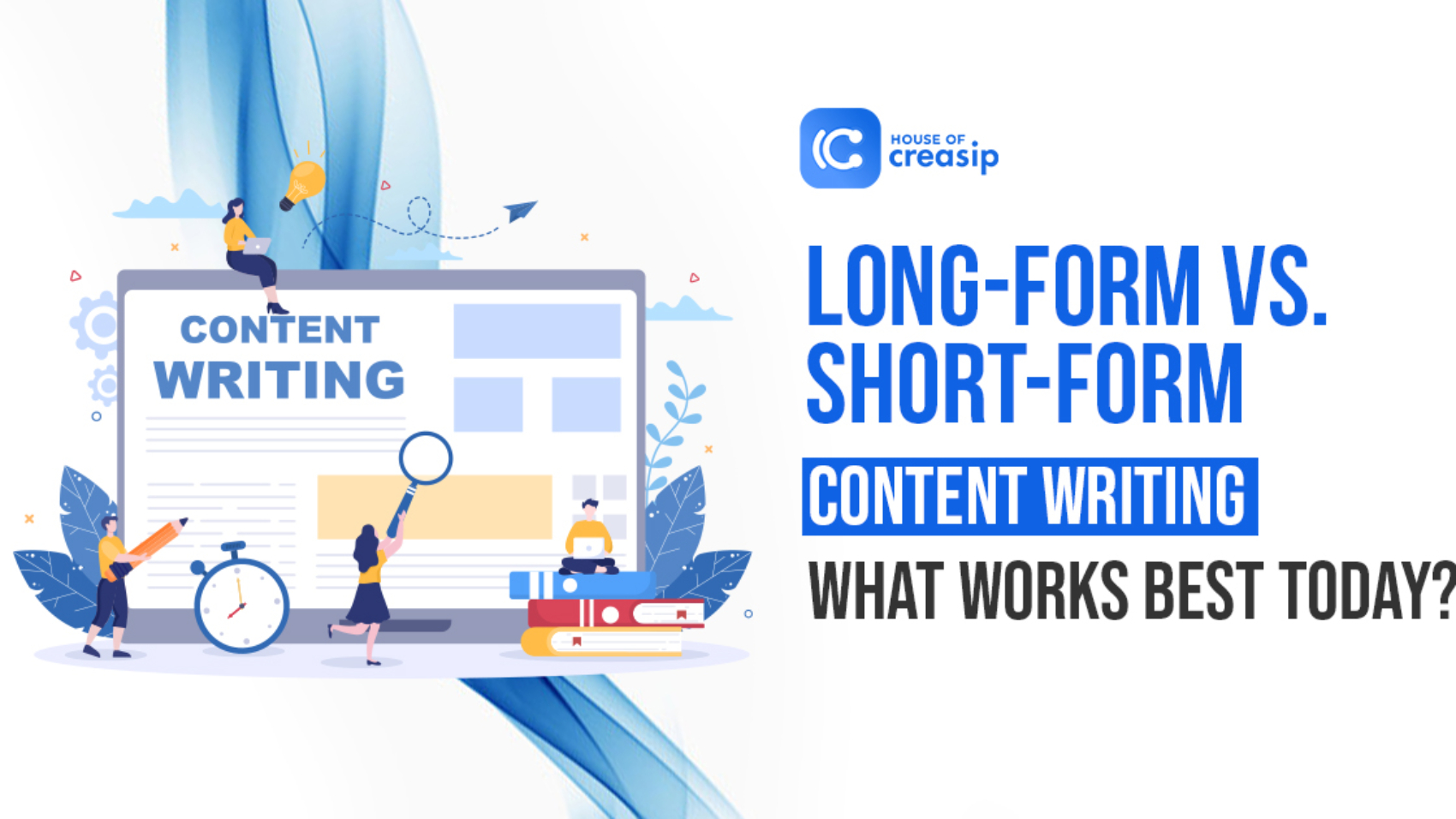Why Digital Marketers Need to Keep Evolving
Digital marketers, we’re always juggling a million tasks—brainstorming new ideas, tweaking strategies, and keeping an eye on results. But here’s the thing: marketing isn’t static. It’s a whirlwind of change, where yesterday’s winning strategy might flop today. Think about it—TikTok went from being a fun app for dance challenges to a game-changer for brands almost overnight. If you’re not learning, you’re losing. That’s why staying curious and continuously learning is the secret sauce to staying ahead in marketing. Let’s talk about why lifelong learning is non-negotiable and how you can make it a part of your daily grind.
The Necessity of Continuous Learning in Digital Marketers
Continuous learning in marketing is essential to stay updated with trends, tools, and consumer behavior. It drives innovation, sharpens strategy, and ensures long-term success in a rapidly evolving digital landscape.
Keeping Up with Evolving Platforms for Digital Marketers
Remember when TV and radio were the big players in advertising? Feels like a lifetime ago, right? Now, it’s all about Instagram, YouTube, and whatever’s the next big thing in digital marketing. And let’s not forget SEO. Once upon a time, it was all about cramming in keywords. Now, it’s about user experience, page speed, and search intent. These platforms and strategies keep shifting, and if you’re not keeping up, your campaigns risk becoming irrelevant.
The key? Stay ahead of the curve. Learn the new rules of the game before your competitors do.
Using Data Like a Pro
Marketing isn’t just about gut feelings anymore. It’s about numbers, patterns, and making sense of all that data. Tools like Google Analytics, HubSpot, and Tableau aren’t just nice-to-haves—they’re must-haves. But here’s the catch: these tools are always changing, and new ones pop up all the time.
Want to make your campaigns smarter? Learn how to use these tools like a pro. It’s the difference between guessing and knowing. And trust me, knowing feels way better when crafting your digital marketing strategy.
Meeting Customer Expectations
Today’s customers want more than generic ads. They expect personalized experiences—think Netflix suggesting your next binge-worthy series or Spotify nailing your playlist vibe. For digital Marketers, this means diving into customer data and using tech like AI to craft messages that hit the mark.
Staying on top of personalization trends isn’t optional anymore. It’s how you show your audience you’re paying attention and that you actually care. The result? Happier customers and better results from your marketing efforts.
The Rewards of Lifelong Learning for Digital Marketers
It’s all about tweaking and improving. The more you learn, the more you’ll see those engagement and conversion numbers climb, solidifying your place in the digital Marketers world.
Creating Better Campaigns
Let’s face it: outdated strategies don’t cut it. Staying updated means your campaigns stay fresh and relevant. Whether it’s nailing the latest video trend or cracking the code on a tricky platform algorithm, learning helps you craft campaigns that hit the bullseye.
Plus, learning what doesn’t work is just as valuable. It’s all about tweaking and improving. The more you learn, the more you’ll see those engagement and conversion numbers climb, solidifying your place in the digital Marketers world.
Staying Ahead of the Pack
In a crowded market, the smartest digital Marketers wins. Lifelong learners are often seen as industry leaders, the ones people turn to for advice. It’s not just about getting a pat on the back; it’s about creating opportunities—better jobs, bigger projects, and more recognition.
Think about those who jumped on the TikTok bandwagon early. They’re the ones now running campaigns that everyone else is trying to replicate. By staying curious, you’ll always be one step ahead in marketing.
Building Confidence
Let’s be honest—confidence comes from knowing your stuff. When you’re up-to-date with the latest tools and trends in digital marketing, pitching ideas and making decisions feels a lot easier. Continuous learning isn’t just about impressing others; it’s about proving to yourself that you’ve got what it takes to crush it.
Practical Steps for Digital Marketers to Stay Updated
Stay ahead in the digital world with practical steps like following industry blogs, joining webinars, networking, using Google Alerts, and subscribing to trusted newsletters for the latest marketing trends and updates.
Make Learning a Daily Habit
Learning doesn’t have to be a chore. Start small. Read an industry newsletter while sipping your coffee. Don’t forget books. Gems like Contagious by Jonah Berger are packed with ideas that can spark your next big digital marketing campaign. Make learning part of your routine, and it’ll feel like second nature.
Take Courses and Get Certified in Digital Marketing
If you’ve got the time, dive into an online course. Sites like Coursera, Udemy, and LinkedIn Learning are goldmines for digital Marketers. Certifications—think Google Ads or HubSpot—don’t just look good on your LinkedIn profile; they give you the skills to back it up.
These courses are investments, not expenses. They’ll pay off when you’re confidently running campaigns that others can only dream of in digital marketing.
Learn from Others in Digital Marketing
Networking isn’t just about swapping business cards. It’s about learning. Join LinkedIn groups, attend events, and get chatting. You’ll pick up tips and tricks you won’t find in any book.
Webinars and workshops are another great way to connect and learn. It’s like being part of a club where everyone’s sharing their best ideas. And who doesn’t love that?
Stay Open to Feedback
Feedback isn’t criticism—it’s a chance to grow. Whether it’s a colleague pointing out a better way or a client asking for tweaks, take it all in stride. Experimentation is your best friend. Not every idea will work, but every attempt will teach you something new about digital marketing.
Conclusion
Marketing is a rollercoaster of change, and the only way to keep up is to keep learning. Whether it’s mastering a new tool, staying on top of trends, or connecting with industry pros, continuous learning is your ticket to success in digital marketing. It’s not just about staying relevant; it’s about becoming the best version of yourself.
So, what’s your next move? Maybe it’s signing up for a course, reading a new book, or just striking up a conversation with a fellow digital Marketers. Whatever it is, start now. Because in this ever-changing world, the learners are the ones who win.


